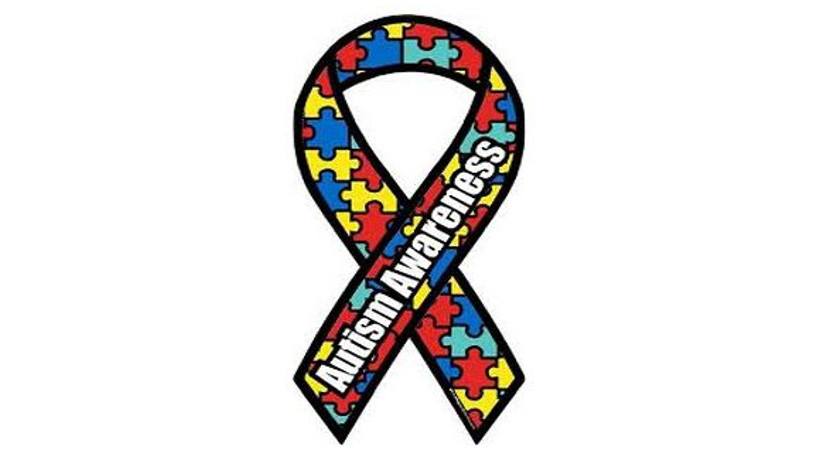October 26, 2014
What Does Good eLearning Have In Common With Good Movies?
You may not have realized it, but eLearning and movies have many things in common. Both seek to captivate their audience and produce a memorable story, and both can fall flat if not produced correctly.
by Yuna Buhrman











